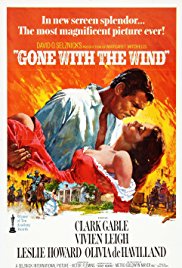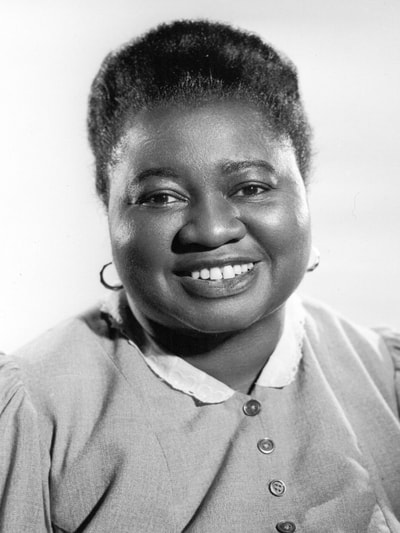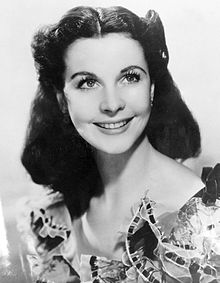|
Last night I started analysing Gone With the Wind (1939) and made it halfway through—to Rhett and Scarlett’s honeymoon. I had not watched it in years and had forgotten how much antagonism there is between women: in the opening scene Vivien Leigh (Scarlett) says she hates Olivia de Havilland (Melanie), which she repeats to herself later; Leigh and Evelyn Keyes (her sister Suellen) stick their tongues out at each other and Keyes eventually says she hates Leigh; and Alicia Rhett (India) tells Leigh she hates her. Moreover, this antagonism does not limit itself to verbal manifestations: Leigh pulls Keyes’ hair, she strikes Butterfly McQueen (Prissy) across the face and slaps Keyes.
Gone With the Wind won the Oscar for best picture that year along with seven other Oscars, including best writing (screenplay), best film editing and best director (along with best actress in a leading role and best actress in a supporting role). It made US$390.5 million at the worldwide box office (US$198.6 million in the U.S.), making it the highest-earning movie ever made—a distinction it held for over 25 years. According to Wikipedia it is the most successful movie in box-office history (when figures are adjusted for inflation). Furthermore, Hattie McDaniel, who won the award for best actress in a supporting role, became the first African American to win an Academy award. Its place in cinematic history can hardly be overstated. It is considered one of the greatest films of all time. For that reason I am giving it my full attention and have already taken five pages of notes. I think it set the tone for much of what would be made in subsequent years. Given the film’s importance the antagonism between women, violence against women and disparaging and insulting remarks directed at women become all the more unfortunate. (So far women have been called trash, a wench and a stupid fool.) The portrayals of women, too, are significant and merit attention. So far women have been shown crying sixteen times, nursing men and sewing and lying down (napping, sleeping) several times. They have appeared in their nightclothes. Men, on the other hand, have only been shown lying down when they are wounded or dead, and they are not shown in their nightclothes—at least, not yet. I can’t remember whether Clark Gable ever appears in a state of undress. Maybe the second half of the movie contains a scene in which Gable (Rhett) appears crying in bed in his pyjamas—but I rather doubt it. That type of portrayal is reserved for female characters. © 2018 Alline Cormier
0 Comments
Leave a Reply. |
Categories |




 RSS Feed
RSS Feed